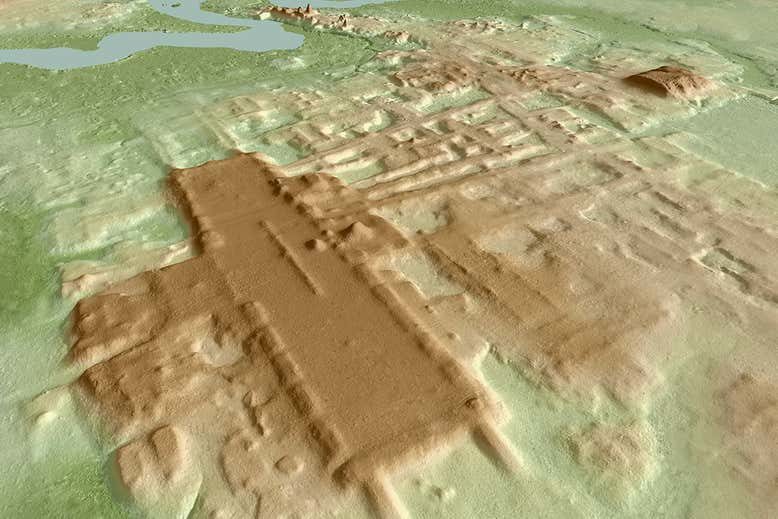OF THE
TIMES

Until that point in time, the Britons had held control of post-Roman Britain, keeping the Anglo-Saxons isolated and suppressed. After the Romans were gone, the Britons maintained the status quo, living in towns, with elected officials, and carrying on trade with the empire. After AD 536, the year reported as the "death of Arthur", the Britons, the ancient Cymric empire that at one time had stretched from Cornwall in the south to Strathclyde in the north, all but disappeared, and were replaced by Anglo-Saxons. There is much debate among scholars as to whether the Anglo-Saxons killed all of the Britons, or assimilated them. Here we must consider that they were victims of possibly many overhead cometary explosions which wiped out most of the population of Europe, plunging it into the Dark Ages which were, apparently, really DARK, atmospherically speaking.See also:
[...]
Gildas, who was writing at approximately 540 AD, says that the island of Britain was on fire from sea to sea " ... until it had burned almost the whole surface of the island and was licking the western ocean with its fierce red tongue."[5] . In "The Life of St. Teilo" contained in the Llandaf Charters, of St. Teilo, who had recently been made Bishop of Llandaf Cathedral in Morganwg, South Wales, it says:
" ... however he could not long remain, on account of the pestilence which nearly destroyed the whole nation. It was called the Yellow Pestilence, because it occasioned all persons who were seized by it to be yellow and without blood, and it appeared to men a column of a watery cloud, having one end trailing along the ground, and the other above, proceeding in the air, and passing through the whole country like a shower going through the bottom of valleys. Whatever living creatures it touched with its pestiferous blast, either immediately died, or sickened for death ... and so greatly did the aforesaid destruction rage throughout the nation, that it caused the country to be nearly deserted".

As the other weapon used by Zeus against Typhon was his thunderbolt, one notes with equal interest the appearance of aSee also:
single polished greenstone axe at Mureybet III. Similar polished stone celts were known elsewhere in Syria and Palestine during this period (fig. 46); they were hereafter to enjoy a long and illustrious career in Old World archaeology. Ancient explana-
tions show these implements to be universally designated as "thunderstones" and associated with the sky god (Zeus in
Greece). Among later Greeks, Neolithic celts were given the name of astropelekia, denoting thunderbolts, and greatly
valued as charms. Their deeper religious significance is demonstrated by the engraving of Mithraic subjects on a serpentine
celt from the Argolid (fig. 48), and by the claim that Pythagoras was purified by the thunderstone of Zeus in the Idaean Cave
of Crete. Five thousand years earlier, the first polished green-stone axes known to Greek archaeology were laid in a shrine
at the sixth millennium settlement of Nea Nikomedeia, today judged ceremonial objects by their excavator.
That polished stone celts already held special significance in the late ninth and early eighth millennia is suggested by the
miniaturization of these forms in Near Eastern sites of this period. Often pierced for suspension in the following epoch
(fig. 47), these "axe amulets" 209 were the first of a long series of apparently sacred elements. (Many millennia later a Minoan
grave at Phaistos yielded a small stone celt with a hole in the top, "doubtless worn as an amulet.") If the ninth millennium
valuation of stone celts already derived from an association with the thunderbolts of the sky god, their extraordinary spread both large and miniature forms after 7500 B.C. (detailed in Part III) suggests a continuation of his worship. As in the myth, the sovereignty of Zeus-Baal-Teshub seems to have been intact, after the late ninth and early eighth millennium hostilities in
whose midst polished greenstone axes first appeared.

Comment: See also from 2014: Prime minister Whitlam and Australia's forgotten US coup against him